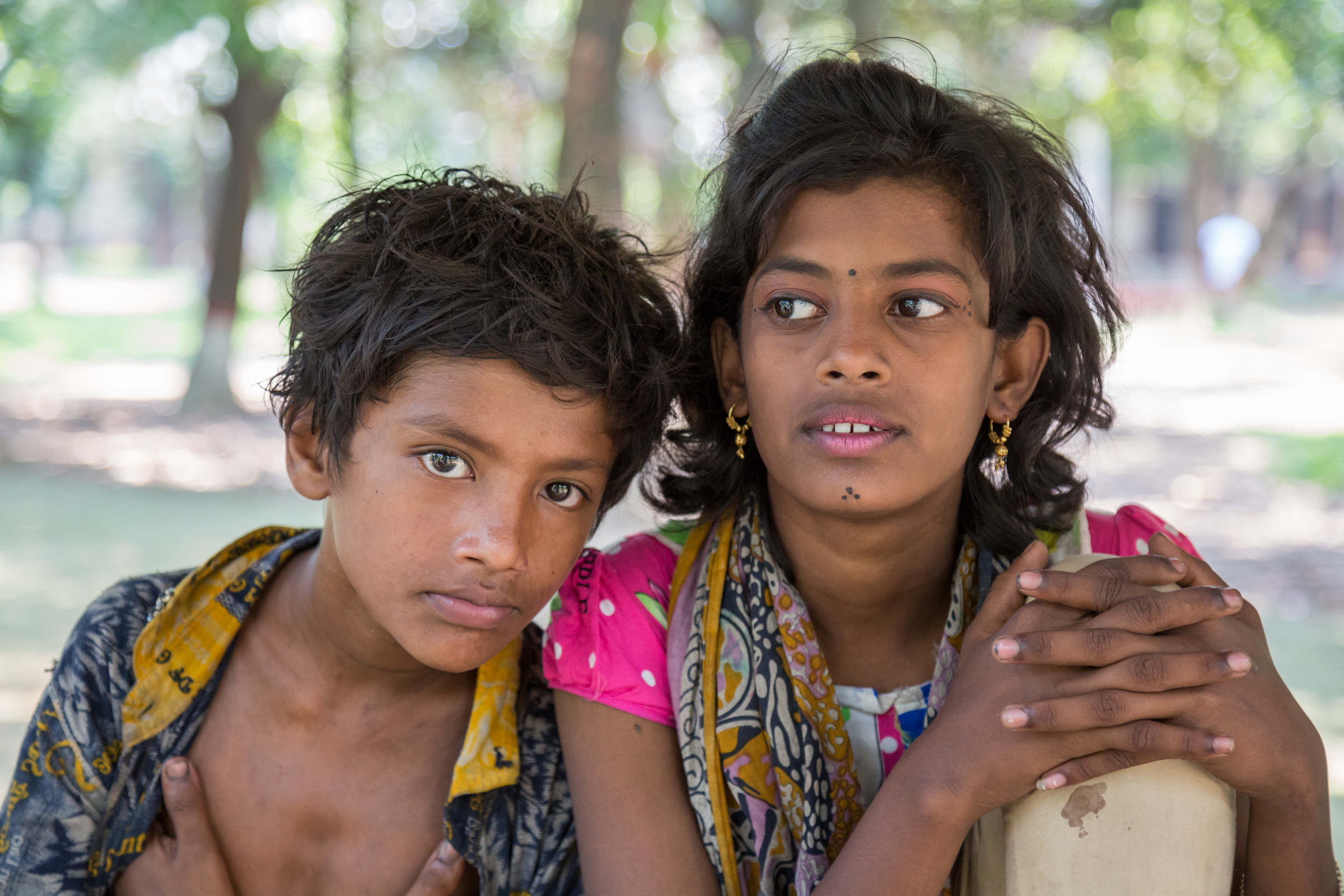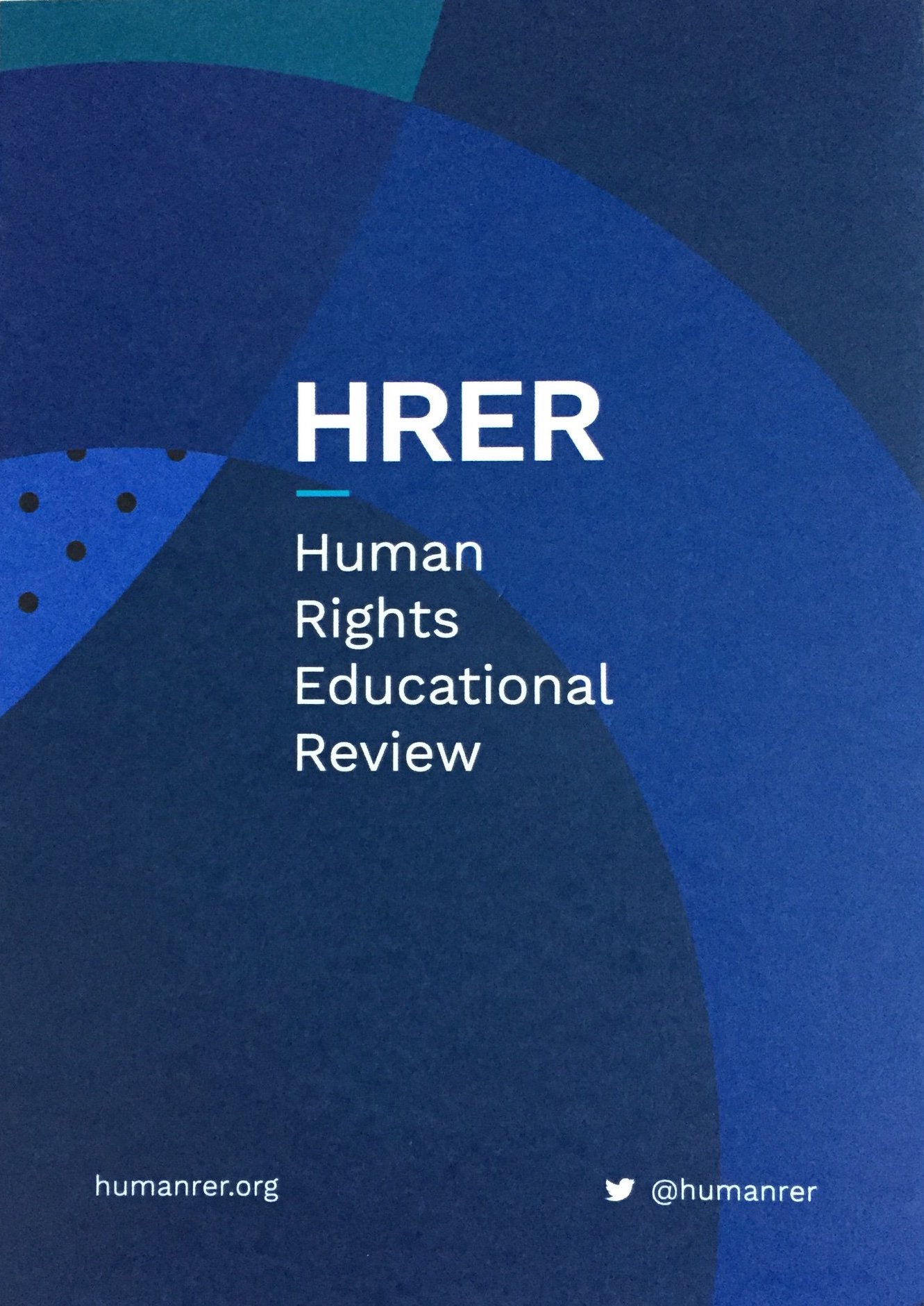
‘Do Poor People’s Dreams Ever Come True?’ Educational Aspirations and Lived Realities in Urban Slums in Dhaka, Bangladesh
publication
‘Do Poor People’s Dreams Ever Come True?’ Educational Aspirations and Lived Realities in Urban Slums in Dhaka, Bangladesh
11.08.2021 | Bangladesh
Country
Bangladesh
Capability domains
Across GAGE capabilities
Audience type
Researcher
Year of publication
2021
Authors
Maheen Sultan, Jennifer Seager, Sabina F. Rashid, Mohammad Ashraful Haque, Sahida Khondaker
Bangladesh has made progress in advancing adolescent girls’ education, but there remain substantial evidence gaps around age and gender differences in motivations, retention, and access to education for adolescents living in urban slums. This article draws on quantitative and qualitative data collected in 2017 and 2018 by Gender and Adolescence: Global Evidence (GAGE) with adolescents aged 10–17 across three low-income areas in Dhaka to explore adolescent educational attainment, aspirations, and environmental factors that constrain both. We find high educational and professional aspirations among adolescents and their parents, with parental support being an important predictor of both current enrolment and adolescent aspirations. Location is also an important predictor of adolescent aspirations and enrolment, highlighting the importance of infrastructure and services, integration into the city, and stability of the community (including schools and facilities), along with higher incomes and better employment opportunities for households.
Suggested citation
Sultan, M., Seager, J., Rashid, S.F., Ashraful Haque, M. and Khondaker, S. (2021) ‘Do Poor People’s Dreams Ever Come True?’ Educational Aspirations and Lived Realities in Urban Slums in Dhaka, Bangladesh. The European Journal of Development Research. (https://doi.org/10.1057/s41287-021-00439-4_)

